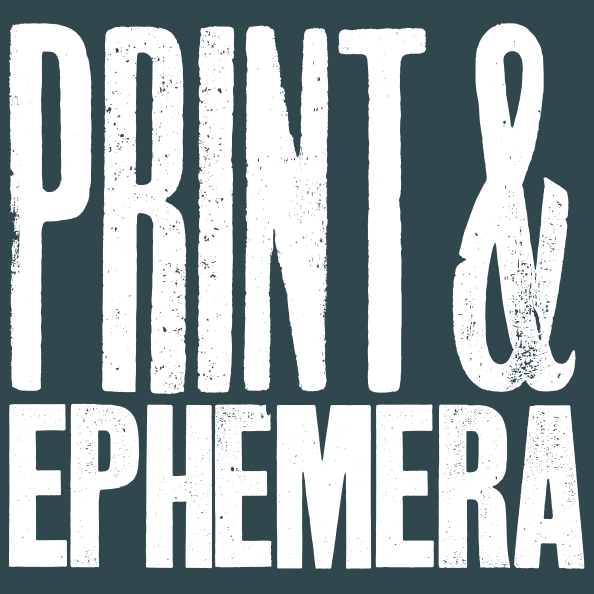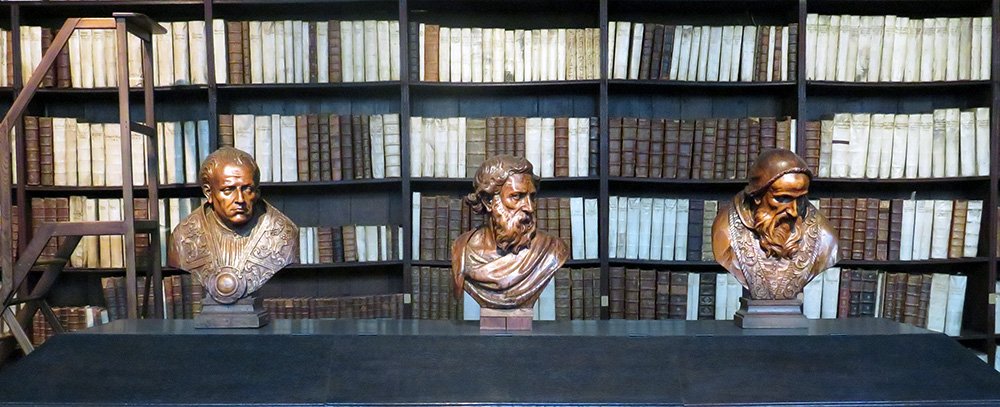A Printing Pilgrimage
Last month, whilst on a brief trip to Antwerp in Belgium, I visited the fantastic Plantin-Moretus Museum. Arriving by train at the ludicrously impressive Antwerpen-Centraal station, the city itself has a long history of being a focus for art and culture, both with it’s school of painting which included Rubens and Van Dyck among others, and for the emerging world of printing in the 16th Century.
The Plantin-Moretus Museum is located in the former home of Christophe Plantin; A French humanist, intellectual, polyglot who had travelled to Antwerp to set-up what has been described as the first industrial print works, in the early 16th Century. There he became a prolific printer, publisher and entrepreneur, producing some 2450 titles in his lifetime, including the Plantin Polyglot; his 8-volume Bible set in Hebrew, Aramaic, Greek and Syriac, as well as the Dictionarium Tetraglotton which was a dictionary in Greek, Latin, French and Flemish.
After his death, the business was continued by his son-in-law; Jan I Moretus, who carried on their traditions of high quality and diverse printing, issuing another 640 works over a broad range of subjects including religious texts, scientific manuscripts, botanical titles, atlases, anatomical works, mathematical and medical manuals.
In the 18th and 19th Centuries, as technology shifted and the business declined, the Plantin-Moretus company managed to keep the residence, which encompassed the print works, type foundry and bookshop as well, preserved exactly as it had been in the days of its founders. Finally in 1876, Edward Moretus sold the company to the city of Antwerp, whereupon it was converted into a museum, later being declared a UNESCO World Heritage Site in 2005.
Wandering through the building, it starts off essentially as a series of townhouses, the family home looking onto the Vrijdagmarkt, but you quickly realise that the building includes a tranquil inner courtyard and then three more wings, each of which contain the type foundry, library, bookshop and the printworks itself. It’s their collection of books, printing blocks and other ephemera that really blew me away. The titles themselves are simply beautiful, especially the atlases from 1579, the botanical manuals with the original illustration woodblocks and the multilingual bibles. The type foundry was also a sight to behold, as it included items such as a set of original Garamond punches and matricies by Claude Garamont as well as those by Robert Granjon. Finally there was the printworks, with its racks of original type and lined up presses; five from the 17th – 18th Century and then two from around 1600; the oldest preserved printing presses in the world. The type collection itself was amazing, with a large number of fleurons, ornamentals as well as numerous trays of Hebrew, Aramaic and Greek type too.
All in all, it was an amazing house and a fantastic place to visit, even if you’re not a type or print nerd, although if you are then it’s definitely worth the pilgrimage.




























